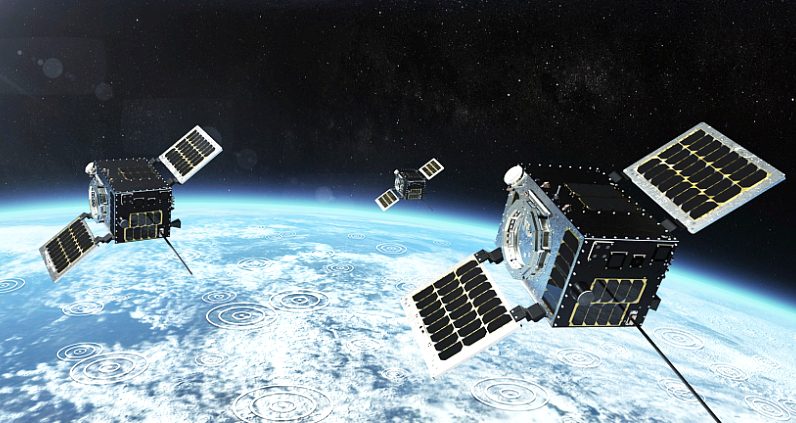Forecast: 1,846 small satellite launches per year
May 3, 2023
By Chris Forrester

In the period 2012 to 2021 there were just 466 smaller satellites per year launched into orbit. Euroconsult forecasts that in the decade from 2022 to 2031 the expected number jumps to 1,846 per year.
That earlier period showed that the average weight of these smaller craft was some 141 kgs. The current decade is expected to average 198 kgs per craft.
These Euroconsult forecasts do not include the likes of Elon Musk’s Starlinks which are much heavier.
Euroconsult says that the combined weight of its predictions equates to about one ton of smallsats to be launched every day over the next 10 years. However, Euroconsult says: “the smallsat market presents a growing number of challenges such as high inflation, limited market addressability, difficult profitability, oversupply risk and concentration of the market by a handful of established players.”
The main driver for continued growth at times of macro-economic uncertainty due to the war in Ukraine, the pandemic, disrupted supply chains, high inflation and central bank monetary policy changes remains NGSO constellations, driven by LEO broadband and Earth observation and the continuous necessity for replenishment launches. Of all smallsats to be launched over 2022-2031, 81 per cent are expected to be part of constellations.
Alexandre Najjar, Senior Consultant at Euroconsult, commented: “While the war has had severe consequences on players that have part of their supply chains in Russia or Ukraine, it has demonstrated the value of smallsat applications, enabling commercial operators to showcase their capabilities and the merits of their constellations. Consequently, a growing number of government agencies are considering investing in their own smallsat systems or dedicating a budget to the procurement of commercial third-party smallsat-based services, supporting growth of the sector.”
The expansion is dominated by activity from the North American region and forecast to be equal to some 2,650 tonnes of combined weight (and 73 per cent of the market). Asia-Pacific will launch some 667 tonnes (or about 18 per cent of the market) into orbit, while Europe will place 279 tonnes into orbit (8 per cent).
The values are huge. Euroconsult says the manufacturing and launch values amount to some $84 billion (manufacturing $55.6 billion, launch $28.4 billion).
Flagship examples of low earth orbit (LEO) broadband constellations, such as SpaceX’s Starlink and China’s GuoWang, account for over half (53 per cent) of the projected demand over 2022-2031 in units. Readers are therefore advised to go beyond raw numbers as vertical integration keeps growing with numerous players seeking to manufacture, operate and launch their own smallsats. Significant future market shares are now captive of a region, country or of an integrator and/or launch provider, challenging both commercial satellite integrators and launch providers which see more of their target customers not only leaving their addressable market, but also competing with their own services.
The breakdown of satellites by operator or target usage is ‘Commercial’ 12,646 craft; ‘Academic’ 1m510 units; ‘Civil government’ 3,551 craft, and ‘Defence’ 753 units.
